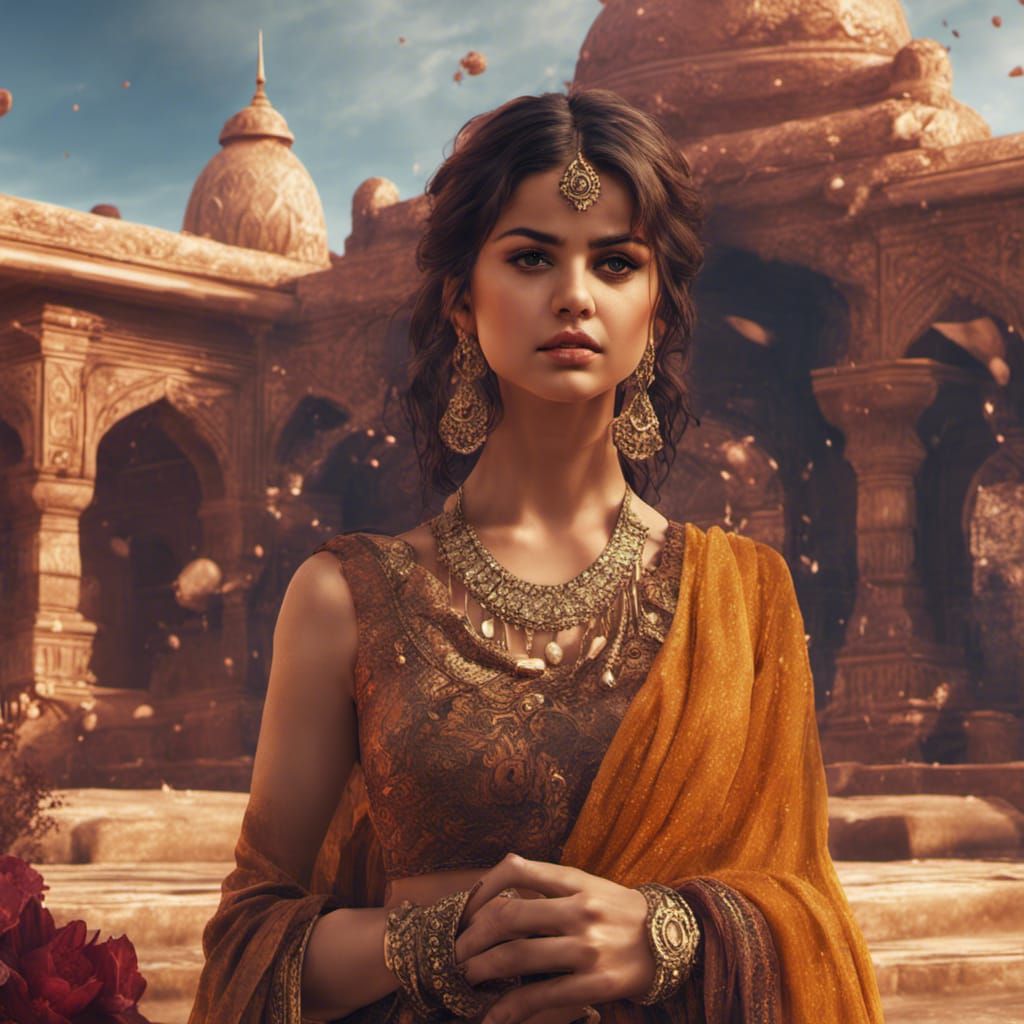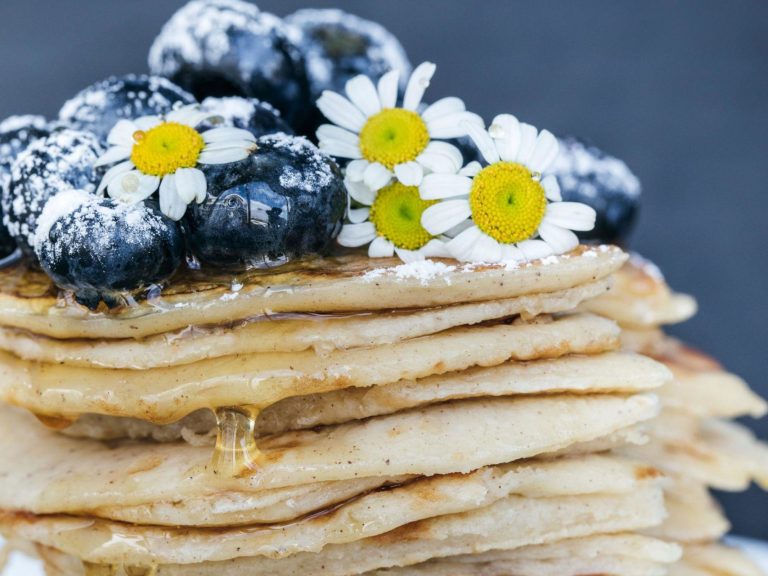Traditional Hindu Clot: Unveiling Timeless Elegance
Imagine stepping into a world where every thread, color, and design tells a story—a world where tradition and style merge seamlessly. That’s exactly what awaits you in the realm of traditional Hindu clothing.
These garments are not just pieces of fabric; they are embodiments of rich cultural heritage and centuries-old craftsmanship. As you explore this vibrant attire, you’ll uncover the symbolic meanings behind each motif and the meticulous artistry that has passed down through generations.
Ready to dive into a tapestry of history and elegance that could redefine your wardrobe choices? Stay with us, and you’ll discover how these timeless pieces can add depth and meaning to your everyday style.
Cultural Significance
Traditional Hindu clothing has deep historical roots. It dates back thousands of years. Ancient texts and sculptures show these garments. They were worn by both men and women. Clothes were made from natural fibers. Cotton and silk were common. These materials were chosen for comfort. They were also easy to dye. Colors had special meanings. Red was for joy. White was for peace. Clothing showed social status too. Rich people wore fine silk. Poor people wore simple cotton. Over time, styles changed, but the essence remained.
Hindu clothing is full of symbolism. Each piece tells a story. The sari is a long cloth. It wraps around the body. It shows grace and beauty. The dhoti is worn by men. It symbolizes tradition. Colors have meanings too. Bright colors bring happiness. Dark colors show seriousness. Patterns on clothes have meanings. Flowers mean beauty. Animals mean strength. Jewelry adds more symbols. Gold is for wealth. Silver is for purity. These symbols connect people to their beliefs.

Credit: www.123rf.com
Variety Of Styles
Sarees are long pieces of cloth. Women wear them in many ways. Draping techniques make each style unique. Some styles cover the head. Others show the blouse. Some styles are popular in South India. Others are famous in North India. Color and fabric change the look.
Men often wear a dhoti with a kurta. Dhoti is a piece of cloth wrapped around the waist. It is comfortable. Kurta is a long shirt. It can be simple or fancy. Some men wear these for special events. Others wear them every day. White dhotis look great. Bright kurtas stand out.
Lehenga and ghagra are skirts. Women wear them at weddings. Lehengas are usually colorful. Ghagras are often embroidered. They can be heavy. They look beautiful with a blouse. Dupatta adds style to the outfit. Jewelry makes the look complete. Tradition meets fashion.
Textiles And Fabrics
Silk and cotton are loved by many. Silk feels smooth and shiny. Cotton feels soft and cool. Both are used to make beautiful clothes. Silk saris are worn on special days. Cotton clothes are worn on hot days. People enjoy wearing them.
Handloom weaving makes unique fabrics. Weavers use looms to make patterns. Every pattern tells a story. Handloom saris are famous in India. They are made with love and care. Each sari looks different. People buy them for festivals and weddings.
Regional Variations
North Indian clothes are colorful and bright. Sarees and Lehenga Cholis are popular among women. Men often wear Kurta Pyjamas. The fabric is usually cotton or silk. These clothes are comfortable for different weather. North Indian festivals bring out the best attire.
South Indian attire is simple yet elegant. Women wear Kanjivaram Sarees for special occasions. Men wear Mundu or Dhoti with a shirt. The clothes are mostly made from pure cotton. This makes them cool and comfortable. Gold jewelry adds beauty to these dresses.
East and West India have their unique styles. In the East, Assamese Mekhela Chador is popular. In the West, women wear Bandhani Sarees. Men in the West prefer Kediyu and Dhoti. The patterns are vibrant and eye-catching. Different fabrics suit different climates.
Festive And Ritual Wear
Weddings are special in Hindu culture. Everyone wears beautiful clothes. Brides usually wear a red or gold sari. This sari is often made of silk. Grooms wear a sherwani or kurta. These are long shirts paired with pants. Both garments are often decorated with embroidery. They also wear special shoes called mojari. Families often match their outfits. It shows unity and love.
During religious ceremonies, people wear simple yet elegant clothes. Men often wear dhotis, a long piece of cloth wrapped around the waist. Women prefer saris or salwar kameez. These outfits are mostly in bright colors. White is also popular as it represents peace. They also wear traditional jewelry. This includes necklaces, bangles, and earrings. Such clothing shows respect for tradition.
Modern Adaptations
Traditional Hindu clothing blends with modern styles. This creates unique fusion fashion. Designers mix sarees with jeans. Kurtas pair with western jackets. These styles are popular among young people. They love the mix of cultures. It adds a fresh twist to their look.
Fusion fashion also includes new fabrics. Silk and cotton mix with materials like denim. This makes the clothes comfortable and stylish. People wear these outfits to parties and festivals. They feel both modern and traditional. It’s a fun way to show cultural pride.
Hindu clothing inspires fashion worldwide. Many designers use elements in their creations. Bright colors and intricate designs catch the eye. They appear in fashion shows across the globe. People love these styles for their beauty.
Clothing items like bindis and henna tattoos are popular everywhere. They add a touch of Hindu culture to global fashion. This influence helps people understand and appreciate different traditions. It brings everyone closer together through fashion.
Preservation Of Tradition
Artisans play a vital role in keeping cultural traditions alive. They use skills passed down through generations. Each cloth is made with care and dedication. Handwoven fabrics tell stories of the past. Bright colors and intricate patterns show rich history. Traditional techniques ensure quality and uniqueness. Artisans often work in small groups. They share knowledge and support each other. Their work connects communities and families.
Many groups focus on reviving cultural traditions. They organize workshops and events. People learn about the importance of traditional clothing. Schools teach kids about cultural heritage. Local fairs and exhibitions are popular. Community support helps artisans thrive. These efforts encourage pride in one’s culture. More people wear traditional clothes. Festivals celebrate artisans’ achievements. Cultural revival brings joy to communities.

Credit: m.facebook.com

Credit: creator.nightcafe.studio
Conclusion
Traditional Hindu clothing holds deep cultural significance and beauty. Each garment tells a story of tradition and heritage. Vibrant colors and intricate patterns captivate the eye. Wearing these clothes connects people to their roots and history. They symbolize respect and celebration of cultural identity.
Fashion evolves, but these traditional clothes remain timeless. They remind us of the rich cultural tapestry of Hindu society. Embracing these garments means honoring a legacy of craftsmanship and artistry. As you explore these traditions, appreciate their beauty and meaning.
Celebrate the uniqueness they bring to the world of fashion.



